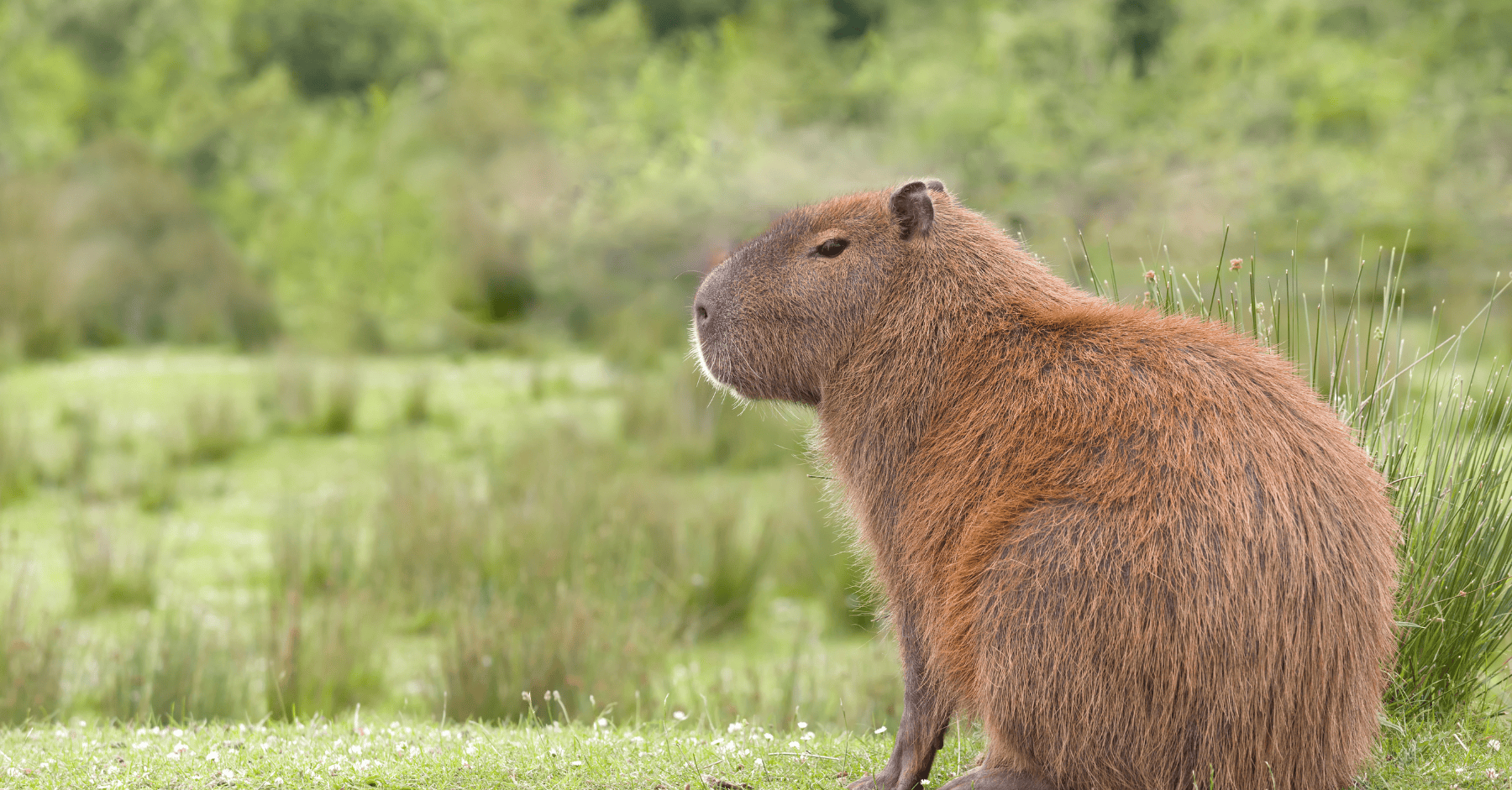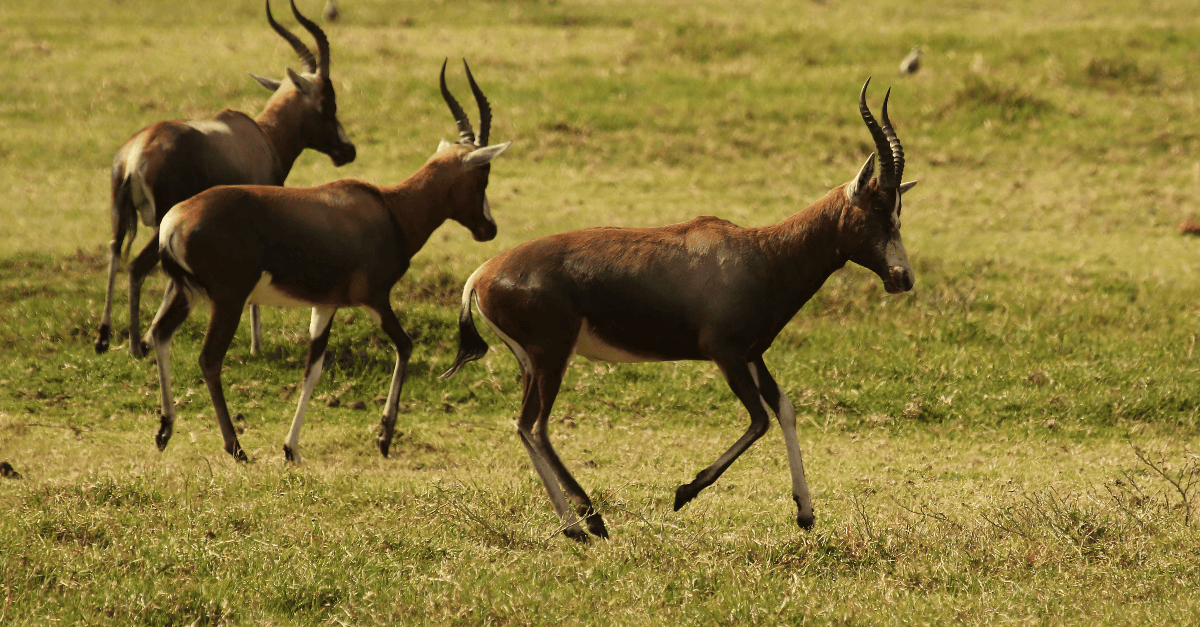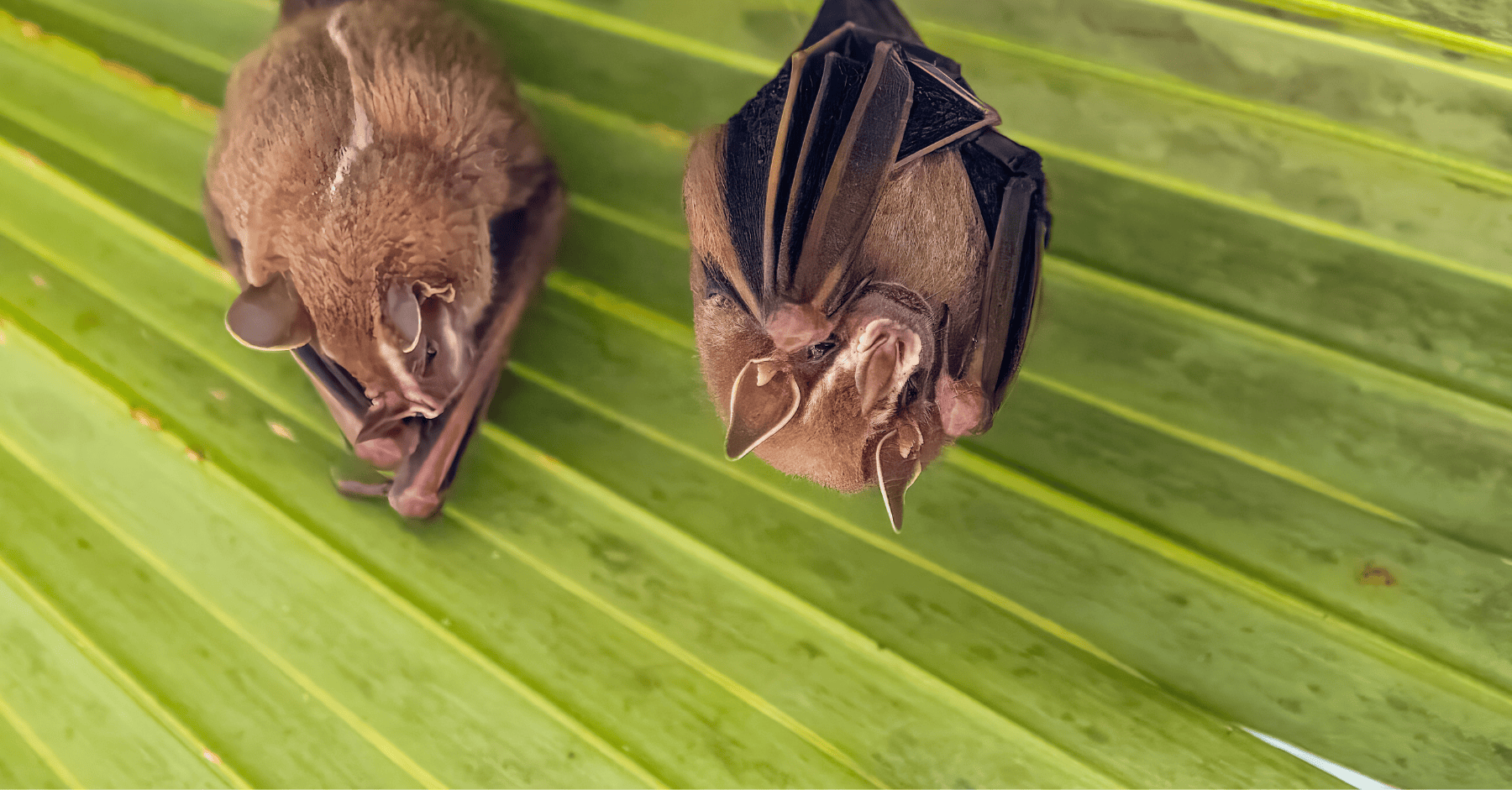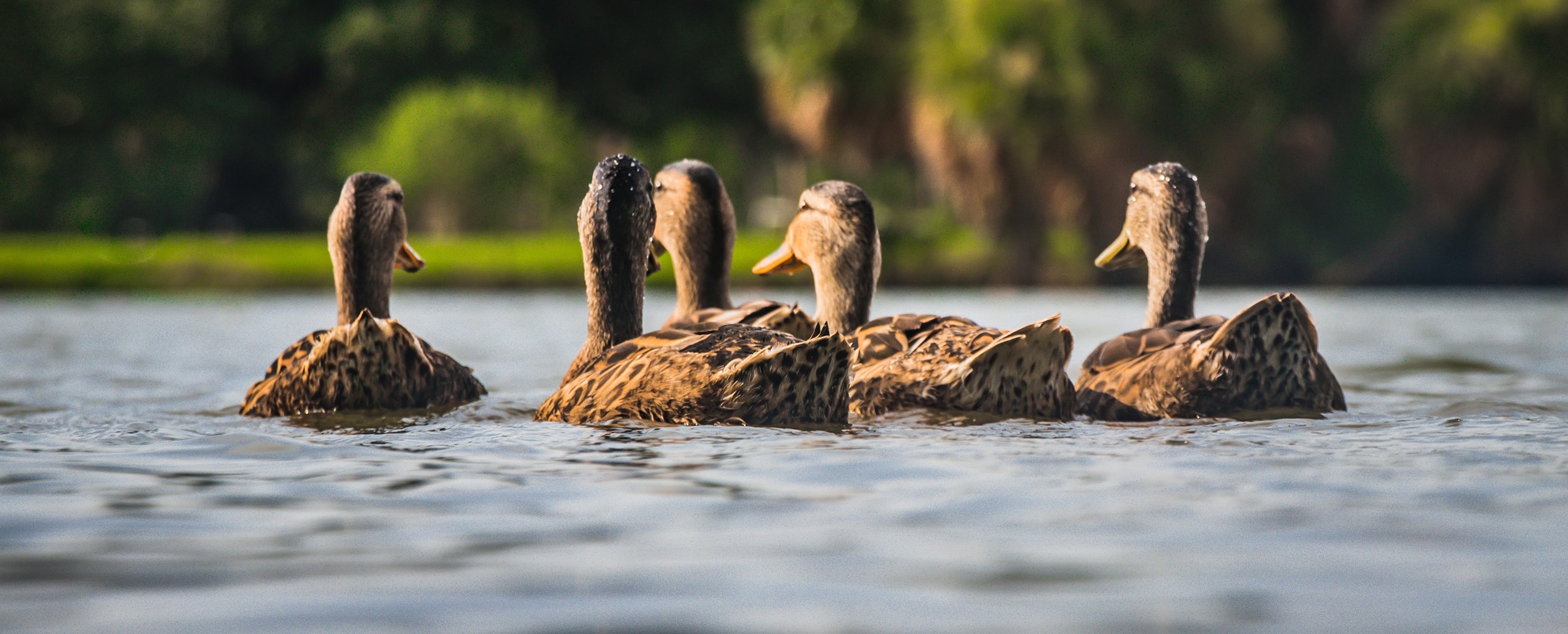A version of this blog was first published in The Scotsman on 15th November 2021
As the great and the good packed their bags and left Glasgow last weekend, we were left picking through the plethora of promises and pledges made by our world leaders during the two weeks of climate talks.
Billed as the most important talks between nations of our lifetime, it’s not all been plain sailing.
Along with many welcome pledges, there have been issues too, not least the ‘do as I say, not as I do’ attitude of some world leaders with 118 private jets having reportedly been used to travel to the climate talks, burning over 1,000 tons of CO2. Those reported to have travelled in this most inefficient way have included Jeff Bezos and Boris Johnson, leading to charges of hypocrisy for arriving at the summit on climate change in a way that contributes to its very cause.
There were also the enduring images of the US President with his 21-strong cavalcade who came and went within two days.
And then there were concerns that more delegates associated with the fossil fuel industry attended COP26 than from any single country: 503 people in total, leaving many of the youth groups, indigenous groups and NGOs out in the Glasgow cold. A damning indictment, especially considering an early pledge by conference organisers to represent a wide diversity of interests. It rather took the shine off the slick performances seen on the summit’s opening day.
Mountain to climb
Perhaps most worrying was an assessment by The Climate Action Tracker (CAT) last week that despite carbon-cutting announcements at COP26, the world is still on course for a temperature rise of 2.4 degrees Celsius by the end of the century. This level would fail to meet the 2-degree target set by the world’s governments in the Paris Agreement, let alone the more ambitious 1.5 degree target deemed essential if we are to ward off the worst effects of climate change. The assessment cut across earlier calculations by the influential International Energy Agency that COP26 pledges would be enough to limit global heating to roughly 1.8 degrees Celsius. It led to Glasgow being described by CAT as having a massive credibility, action and commitment gap.
In the words of COP26 President, Alok Sharma, “we still have a mountain to climb”.
In last week’s column, I wrote about the nature of hope and of not being fobbed off with false hope.
Some aspects of COP26 have left me concerned about false hope; however, I was heartened by the climate marches, where some 100,000 people from all walks of life took to the streets of Glasgow. They were joined by similar protests in other parts of the world, showing that people do care and that they will keep leaders’ feet to the fire.
Whilst one can criticise some of the pledges and the recycled stories on financial commitments, often made years earlier, perhaps most surprising has been the failure of world leaders to recognise significant scientific evidence on food and climate and act on it.
Elephant in the room
COP26 seemed to completely ignore warnings that staying within 1.5C of warming, deemed a ‘safe’ level, could be impossible without dramatically cutting meat and dairy consumption. Governments have pledged to ‘transform‘ agriculture and cut farming emissions but have so far been blank on tackling overconsumption of climate-intensive meat and dairy. The COP Methane Pledge makes no reference to the need to reduce global cattle numbers . The Deforestation Declaration fails to recognise that it’s vital to halt the use of soy to feed factory farmed animals if we are to halt the destruction of the Amazon.
As Chris Packham CBE told me having returned from Glasgow, ‘meat was nowhere on the COP26 agenda, only on the menu‘. Nearly 60% of the dishes were reported to have contained meat or dairy. It was a lost opportunity to show real intent on a key solution to tackling climate change
Credit where credit’s due: on COP Nature and Land-Use Day (Saturday 6th November) forty-five governments, led by the UK, pledged urgent action and investment to protect nature and shift to more sustainable ways of farming.
George Eustice was quoted as saying “To keep 1.5 degrees alive, we need action from every part of society, including an urgent transformation in the way we manage ecosystems and grow, produce and consume food on a global scale.”
A welcome statement, but I couldn’t help noticing that the accompanying pledge documentation completely ignored the considerable share of GHGs attributable to animal agriculture.
The hard fact is that the world’s livestock alone produce more GHGs than the direct emissions of the world’s planes, trains and cars combined.
Yet the need to address this issue seems to have been completely ignored; how is it possible to produce 2,300 words of documentation on sustainable food and climate change without once mentioning meat?
Solutions
Instead of embracing one of the clear ready-made solutions to climate change in ending industrial animal agriculture and cutting back on overconsumption of meat, governments would seemingly rather rely on innovation and technology to keep business as usual going. Of course, we need innovation and technology, but focused on helping us scale up game-changing climate-friendly production methods in ways that secure livelihoods, work with nature and deliver better animal welfare practices.
As the dust settles on COP26, it will become increasingly clear that amongst the welcome developments, there have been some serious omissions. Added to which, pledges are only as good as their implementation.
In the coming months, it will be so important for us, ‘the people’, to demand from our leaders the kind of bold, ambitious changes needed in the face of impending climate emergency.
The stakes couldn’t be higher; what does or doesn’t get done over the next decade will matter for the next thousand years.





